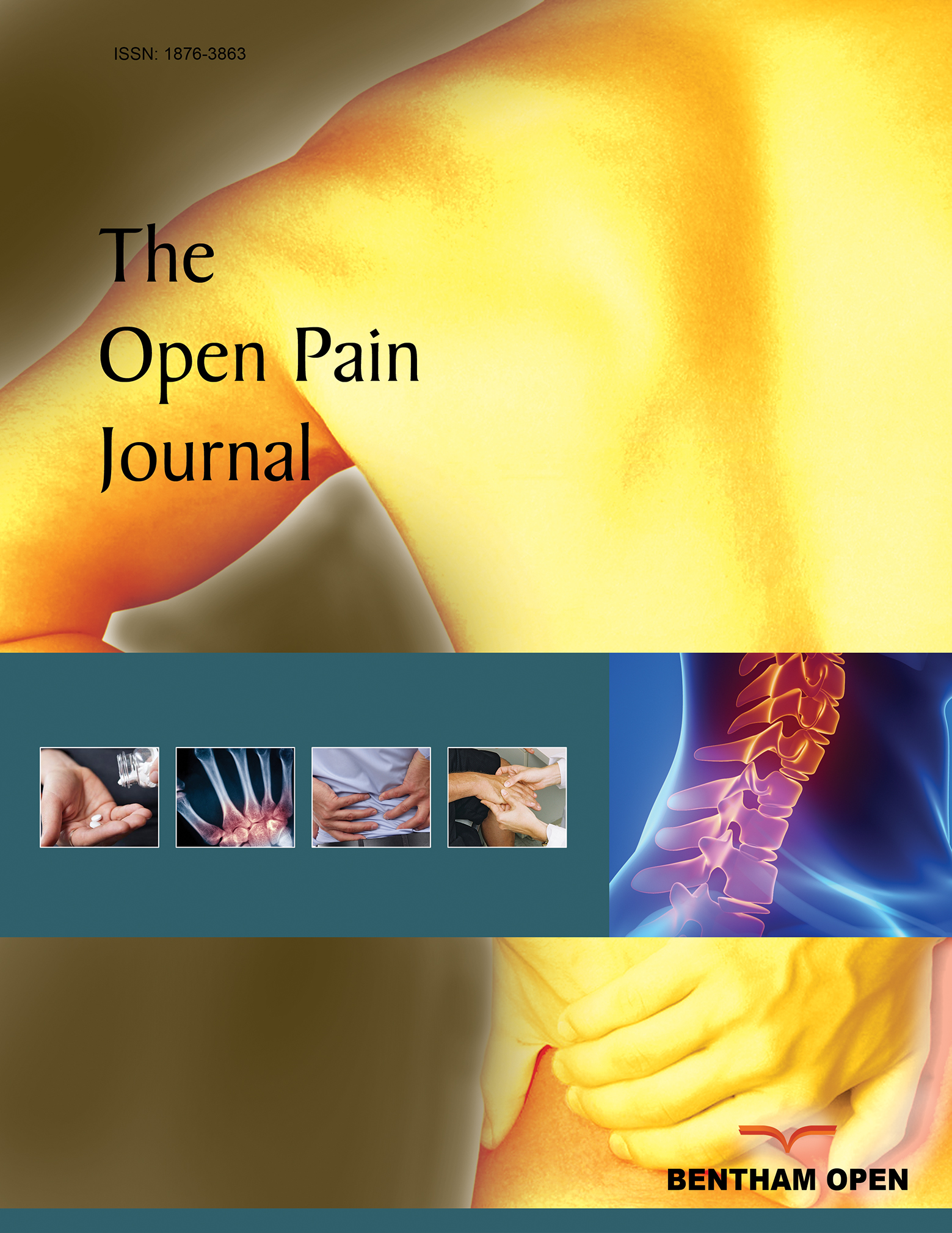All published articles of this journal are available on ScienceDirect.
Things to know about Sacroiliac Joint Pain
Abstract
Background
Sacroiliac Joint dysfunction is a significant pain generator (>25%) in Lower Back Pain patients; however, differential diagnosis and treatment in these patients can be challenging for pain physicians. Understanding its complex anatomy, function, and possible primary and secondary pain etiologies is essential to formulate appropriate diagnostic workup and treatment options for SI joint disorders.
Objective
To report a concise narrative review of the Sacroiliac Joint anatomy, function, and injury mechanisms, along with an overview of its painful dysfunction diagnosis workup and potential treatments.
Methods
A concise summary of the current literature relevant to Sacroiliac Joint dysfunction, putting previous research and findings in context and presenting recent developments in a critical and focused manner.
Results and Conclusion
Sacroiliac Joint dysfunction diagnosis is challenging given its complex anatomy, physiology, and variable mechanisms of injury and pain presentation features. According to the underlying etiopathogenesis, SIJ dysfunction chronic pain may be secondary or primary (arising or not from an underlying classified disease, respectively). The clinical implications of this review are (a) for the diagnosis workup, a combination of history, physical examination, specific provocative tests, articular and periarticular block, and appropriate imaging is imperative; (b) treatment may include conservative management, therapeutic blocks (intra- and periarticular) with local anesthetics and corticosteroids, neuro ablation (Crio or Radio Frequency techniques), and surgery for patients unresponsive to therapies.


